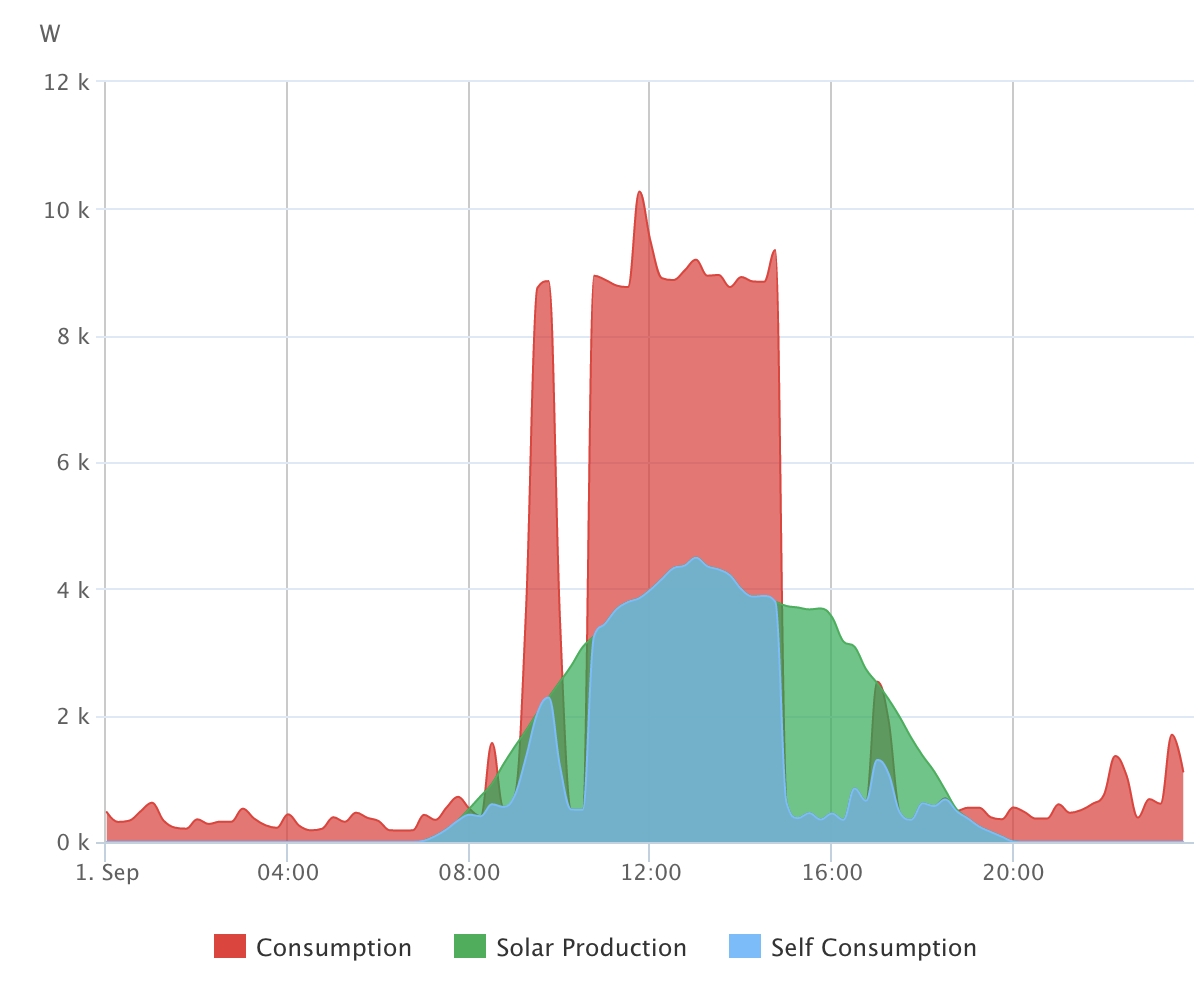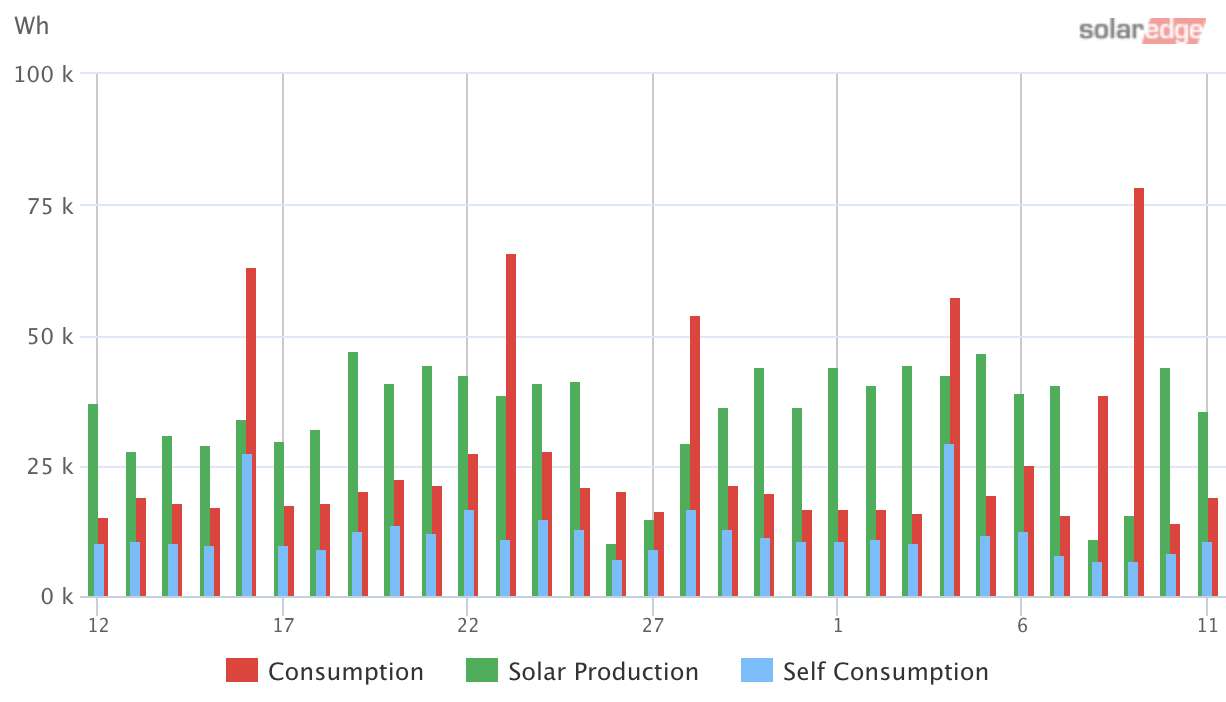In March we were lucky enough to buy a Hyundai Ioniq 5.
We replaced a 2008 Toyota Matrix 5 speed that frankly, we loved. It was reliable, not too costly to drive or maintain, and had a ridiculous amount of cargo capacity for a car its size. It was a manual transmission, which I still think is a greatly enjoyable way to drive a car. I am horribly biased in favour of this car of course -- it's the car I learned how to drive in. It's the car I brought my first child home in.
We replaced it however because we needed just a bit more room. With a baby seat behind the passenger seat the passenger was forced to have their knees touching the dashboard, an unpleasant experience, and so when we knew our second child was in the cards we knew we would need a little more room. So car shopping began.
(Side note: There's a whole self-flagellating paragraph about cars, climate, pedestrian deaths etc that I probably could write here -- but suffice it to say, the life I have is one where a car is necessary, even if I wish that weren't the case)
I was very convinced that I wanted a fully electric vehicle, and so I pretty much immediately focused our search down to only those. We managed to test drive a few options.
The first electric car we managed to test drive was the Volvo XC40 Recharge. Our test drive of this was very funny; while we knew intellectually that EVs have huge torque, it wasn't until my wife floored it getting onto a highway onramp, thwacking my skull against the headrest by surprise, that it was really bodily known how much power these cars have. The Volvo had a really interesting Google powered infotainment system (though, Google's penchant for cancelling projects gave us a lot of pause with that), which included a neat in-dash map system.
Despite on the exterior being quite a bit larger than the Toyota, it was surprising to discover that on the interior, the car felt the same size as the Toyota; considering we wanted more room, this and the fairly high price eliminated the XC40 from contention. Part of the reason is it didn't have more room is that it was a shared platform car -- the XC40 Recharge was an electrified version of the regular XC40. As a result, the interior spaces were shaped to allow things like driveshafts to impinge, reducing available room. I did enjoy the Volvo though, and I am intrigued by the EX30, which wasn't even announced when we were shopping.
The next car we got to drive was the Tesla Model 3. Realistically we were actually looking at the Model Y, but we got to at least try to Model 3.
Driving a Tesla is a very interesting experience. The 1-pedal driving in it is legitimately very well done, and it felt fine as a test drive car. However, the giant screen in the middle and lack of buttons was an immediate turn off. We didn't hate the Tesla, but we weren't super impressed, and the price for the Model Y we'd actually buy was high (and fluctuated hugely during the time we were looking!)
We also tried a Kona Electric. It was actually almost perfect; it felt good to drive, was priced right (and we could have picked one off the lot that day), had normal buttons for things like climate control. Unfortunately, despite side-by-side being almost the same size as the Toyota Matrix, it was clearly smaller on the interior, which was the opposite of what we were looking for.
The Ioniq 5
We actually never saw an Ioniq 5 in person until after we pre-ordered it, but it hit many of our desired requirements:
- It was larger than the Matrix, but was definitely not enormously larger.
- It was an electric-first platform; this tends to translate to more efficient use of interior space.
- It has extremely fast charging support, a very reasonable range.
- It came in an AWD configuration. We were trying to avoid rear-wheel drive only cars due to our living in a wintery place.
- Its pricing was high, but not extremely high, and it was eligible for the federal iZEV incentive.
After we pre-ordered the car we did finally get to test drive one, which helped cement it as the right choice. It was actually bigger; it wasn't enormous, it drove fine (though, our test drive was abbreviated... the dealership had high demand for it, and only a relatively slow charger, and so by the time we got to try it out it only 5% battery and so they asked us not to take it too far).
Waiting
We pre-ordered our Ioniq 5 in November of 2021 -- should really have done it a month or two earlier, but we hemmed and hawed about it for a while.
The car arrived 17 months later, in March of 2023. Supply chain issues due to COVID and the war in Ukraine each introduced delays. 17 months delay meant that ultimately we'd ended up spending 7 months with two children in the Matrix. It was manageable, but tight, and we definitely were ready for a little more room when the time came.



